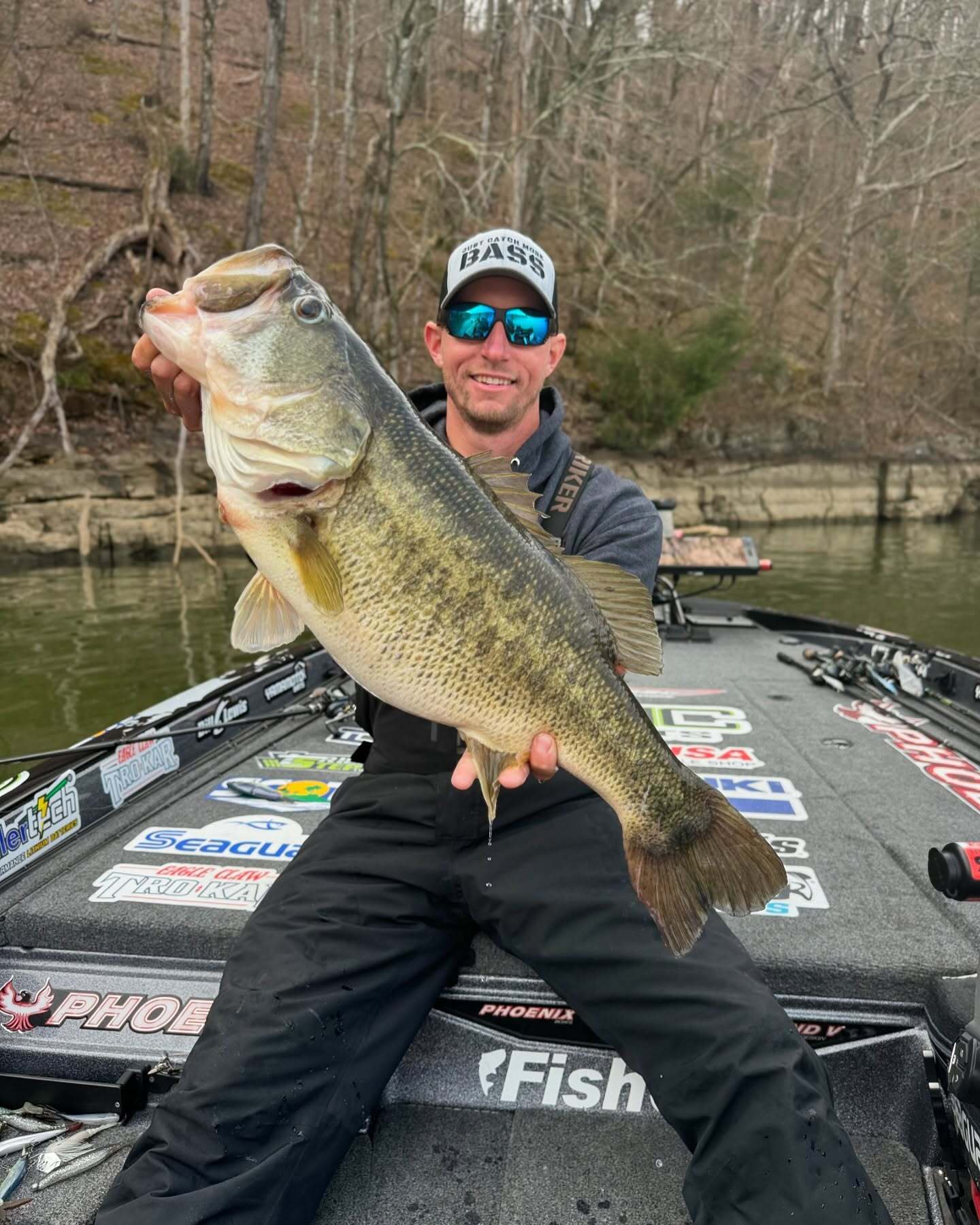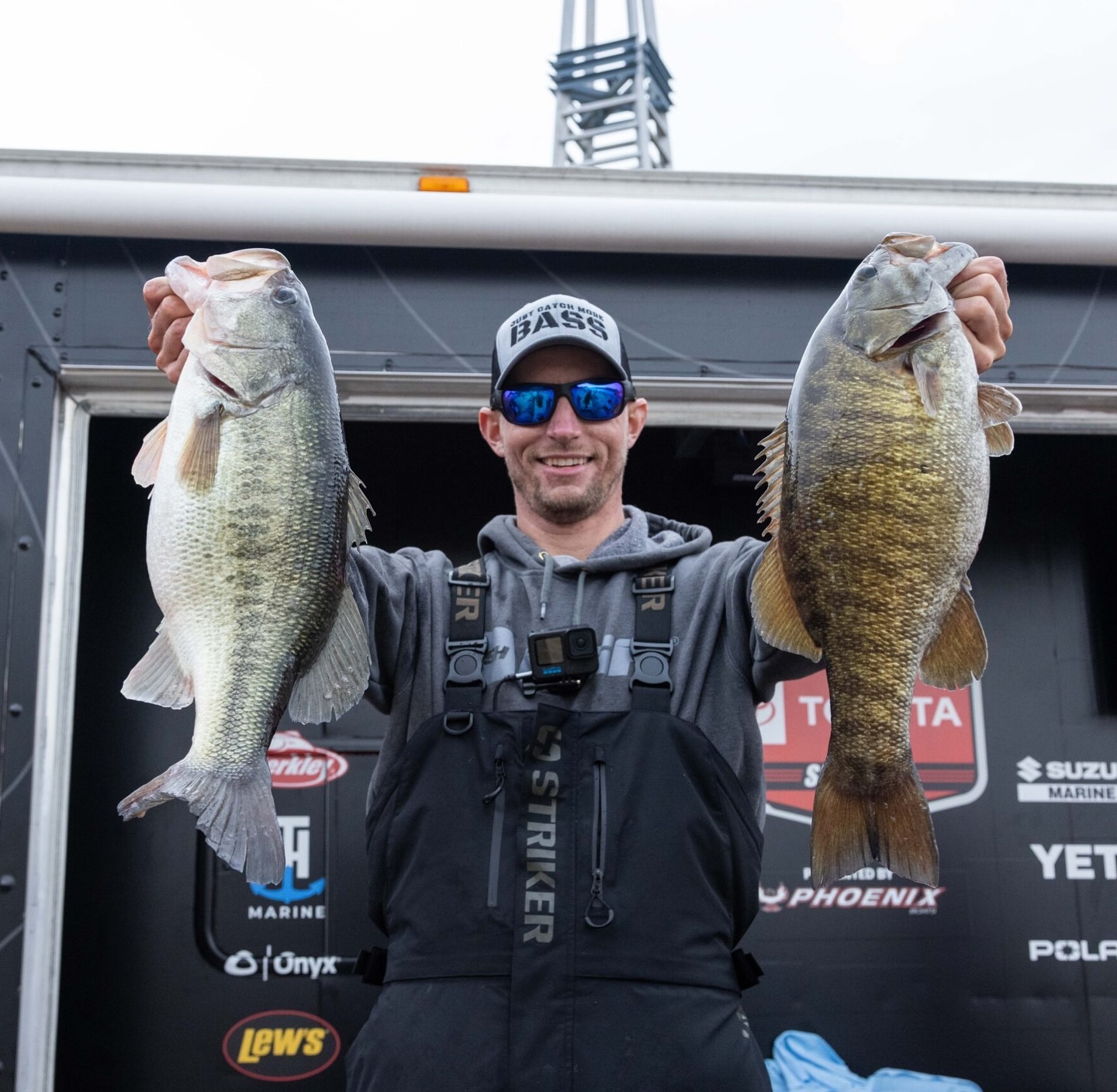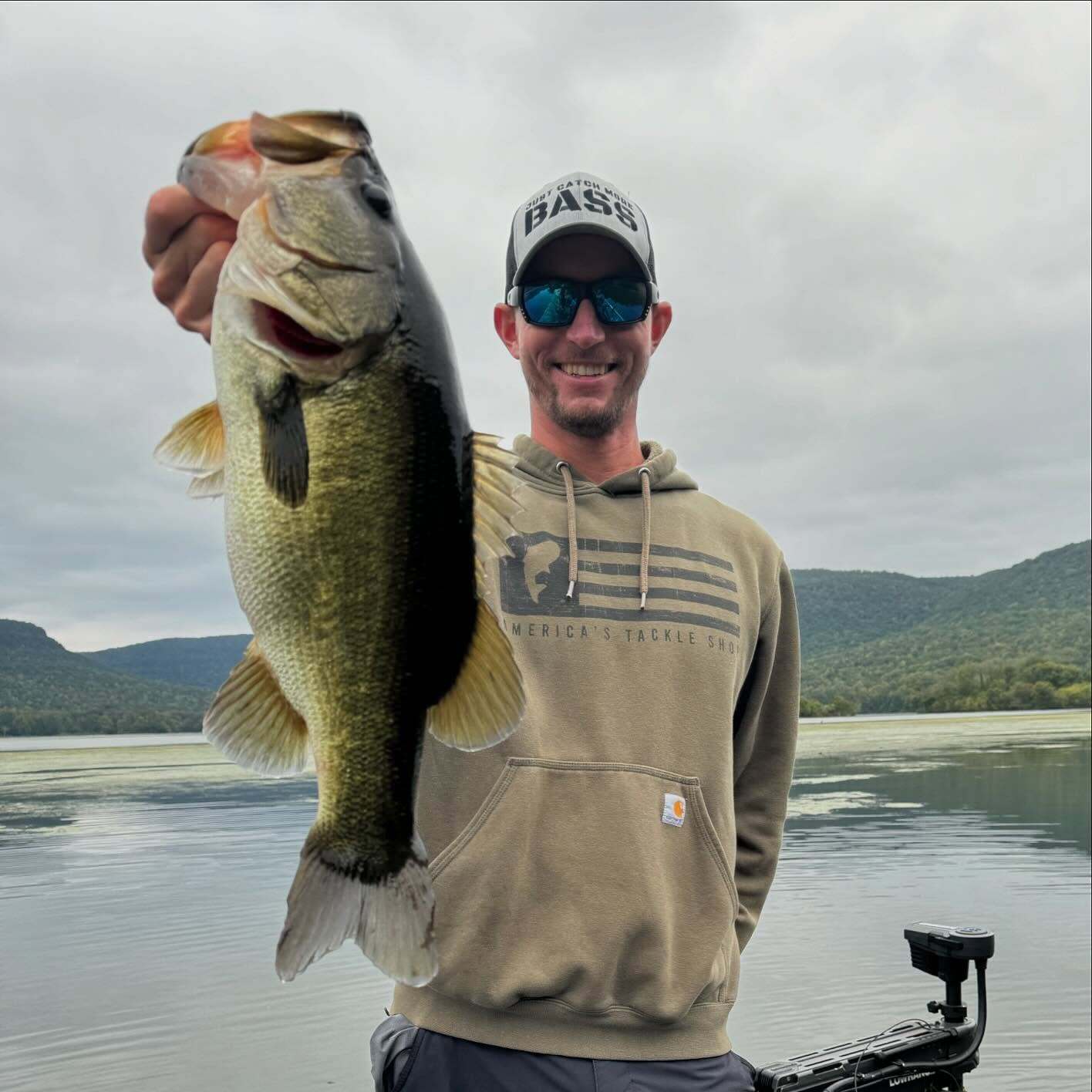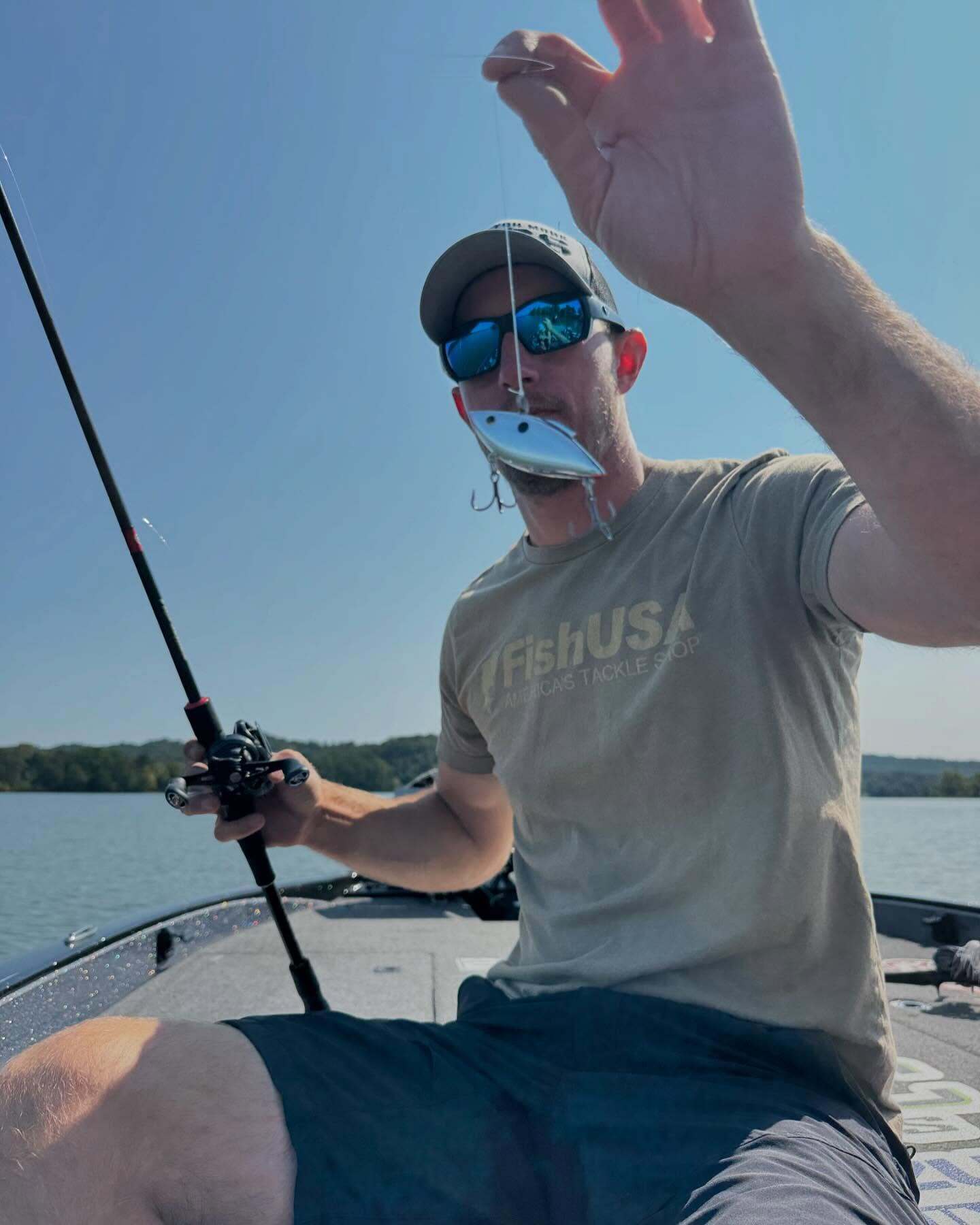Tennessee Bass Fishing: Pro Tips, Top Lakes, and Seasonal Patterns for Largemouth & Smallmouth

Table of Contents
Why Tennessee Is a Bass Powerhouse
Seasonal Patterns (Month‑by‑Month)

Best Tennessee Bass Fishing Lakes & Rivers (How to Fish Each)

Tactics, Lures & Boat Setup


Practical Tips from the Water
Licenses & Access
Quick FAQs
Final Thoughts
Shop Bass Tackle and Gear

